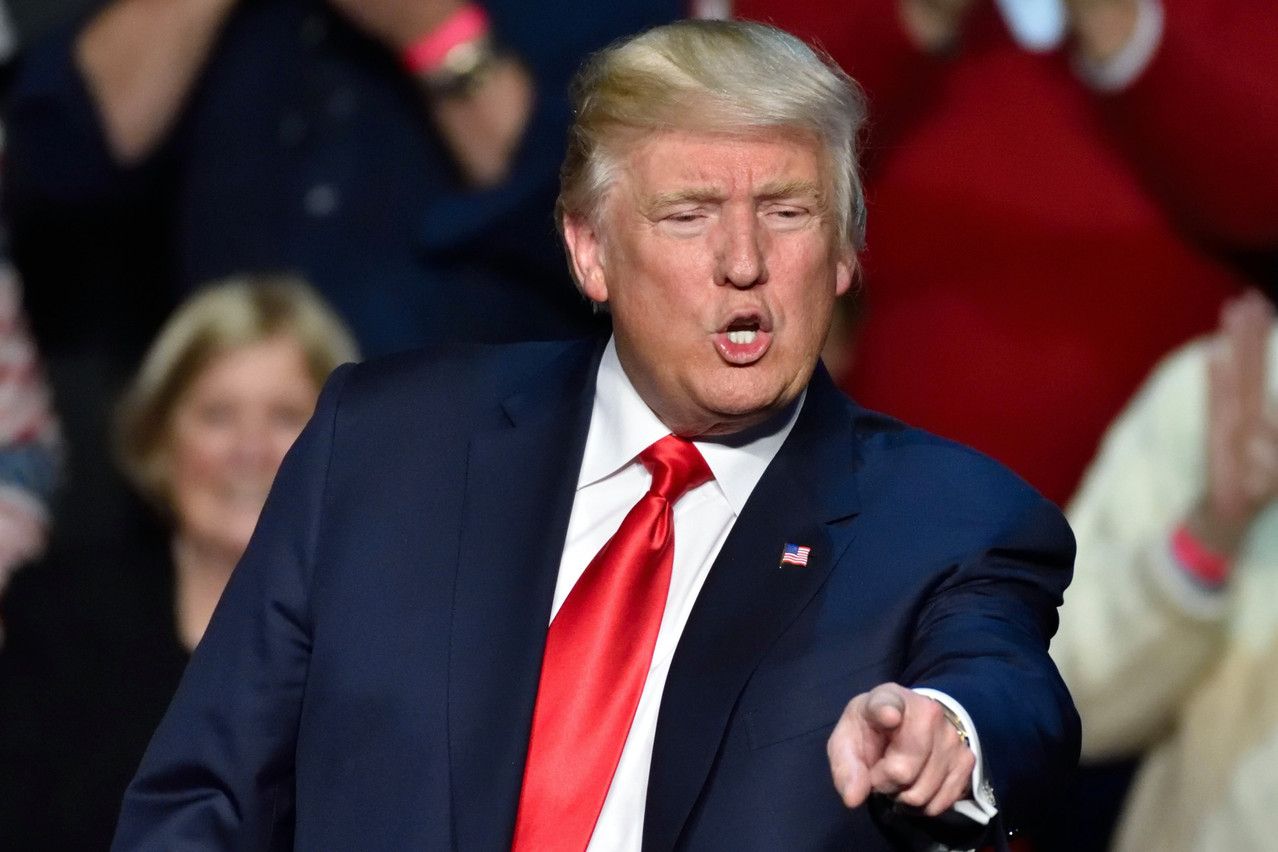Trade policy under US president Donald Trump isn’t just about protectionism or fixing trade deficits, as he often claims--it’s about power, leverage and, increasingly, a sense of ownership. His approach to global trade, especially with strategic rivals like China, is best captured by a vivid metaphor: shearing a sheep. But in Trump’s version, it’s not just about trimming the excess--it is about taking the wool and claiming it as America’s own.
The baseline 10% tariff acts like a standard seasonal shear: a routine measure to ‘maintain’ economic hygiene and protect American industry--or at least, that’s how Trump sees it. But what makes his strategy distinct--and often confrontational--is that he doesn’t just view foreign trade surpluses or subsidies as economic misalignments. He sees them as unfair gains at America’s expense. In this worldview, the wool--the profit, the advantage, the market share--was never theirs to begin with. Tariffs, then, aren’t just tools of defence; they’re instruments of reclamation.
“Liberation Day”: the standard shearing
This mindset became even clearer with the so-called “Liberation Day” tariffs on 2 April 2025. The Trump administration imposed a minimum 10% tariff on all imports, with much steeper rates--up to 50%--on goods from 57 countries. China, as the largest trade partner by both volume and value, faced an additional 34% tariff--bringing the total tariffs to 54%.
Under Trump’s policy, all imports face a minimum 10% tariff, creating a consistent floor of protection for American businesses. This is like the routine shearing of a sheep: no dramatic cuts, just a regular trim to ensure that no single trade partner gains an unfair advantage from US markets. It’s predictable, manageable and even palatable to many--though there’s always the risk of harsher treatment if the tariffs are met with retaliation. This may not be “fair” in the traditional rule-based sense, but in Trump’s view, it’s about as “fair” as it gets.
The harsh shearing
But this baseline is just the beginning. The real edge of Trump’s trade policy lies in its unpredictability and escalation.
Take recent events with China: the US to 104% on certain imports in retaliation for Beijing standing firm and matching tariffs head-on. China insisted it would hold its ground. By 10 April, the White House to as high as 145%. This isn’t just shearing excess wool; it’s taking a cleaver to the fleece. The logic here isn’t purely economic--it’s both moral and strategic. Trump frames these actions as correcting a long-standing injustice, where foreign nations have gotten rich off the backs of American markets.
In Trump’s eyes, the wool (economic benefits) isn’t just something the sheep produced--it’s something the US was “owed” all along.
Read also
Reclaiming the flock
What makes this analogy even more potent is the “implied ownership.” A traditional shepherd shears his own sheep. In Trump’s view, however, trading partners are more like squatters on an American economic pasture, fattening up on US consumption and innovation. The tariffs, therefore, aren’t just a negotiation tool--they’re a way of reclaiming control. The goal isn’t to sever trade ties, but to reassert dominance within them.
Trump’s vision of trade isn’t about fair exchange--it’s about correcting past imbalances and reasserting rightful ownership. If the sheep’s wool was grown thanks to US access, then Trump argues, it should be US hands that collect the fleece.
The fleece and the flag
In Trump’s current trade doctrine, tariffs are more than just economic policy--they’re expressions of power and national identity. He isn’t merely shearing sheep; he’s claiming their wool as American property. The universal 10% tariff acts as a protective layer, but it’s the unpredictable, retaliatory surcharges that do the heavy lifting--sending a clear message to competitors that the US expects tribute for the privilege of trading on its terms.
In the end, Trump isn’t simply shearing the sheep--he’s marking them, claiming the wool and asserting who owns the flock.
